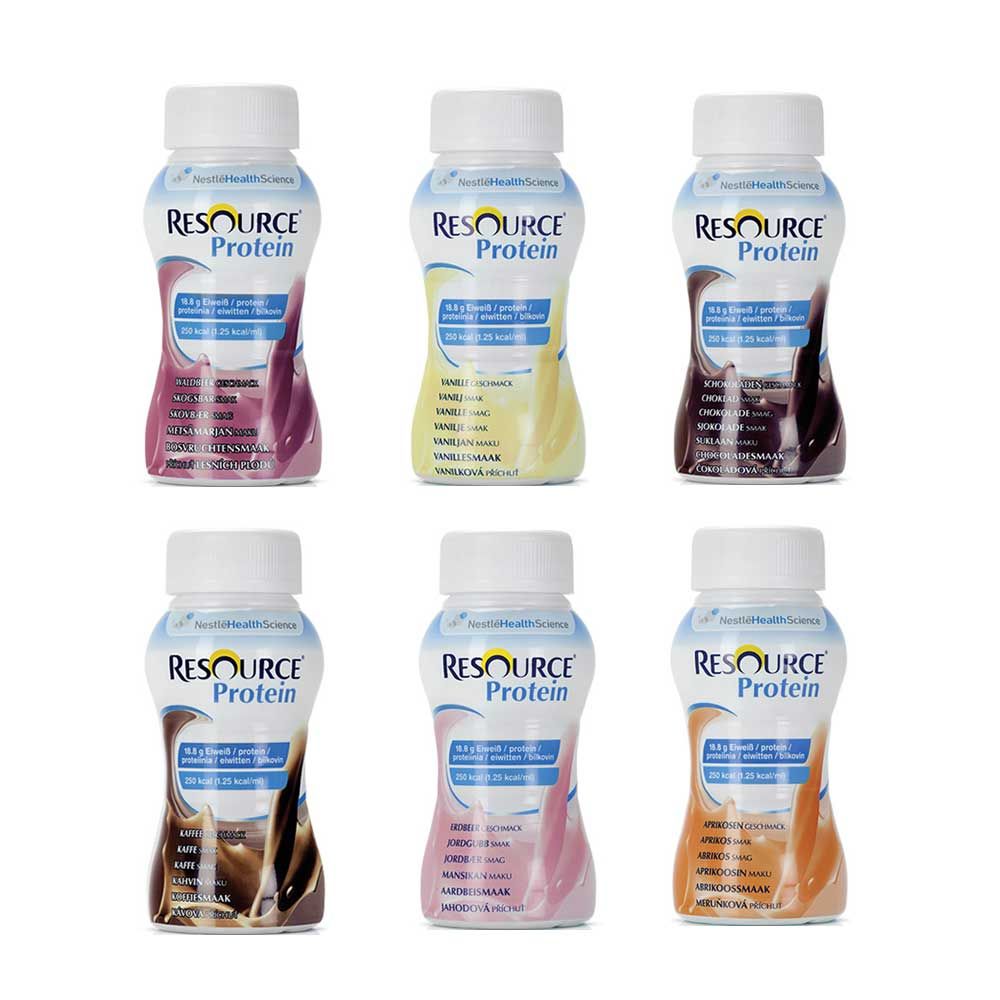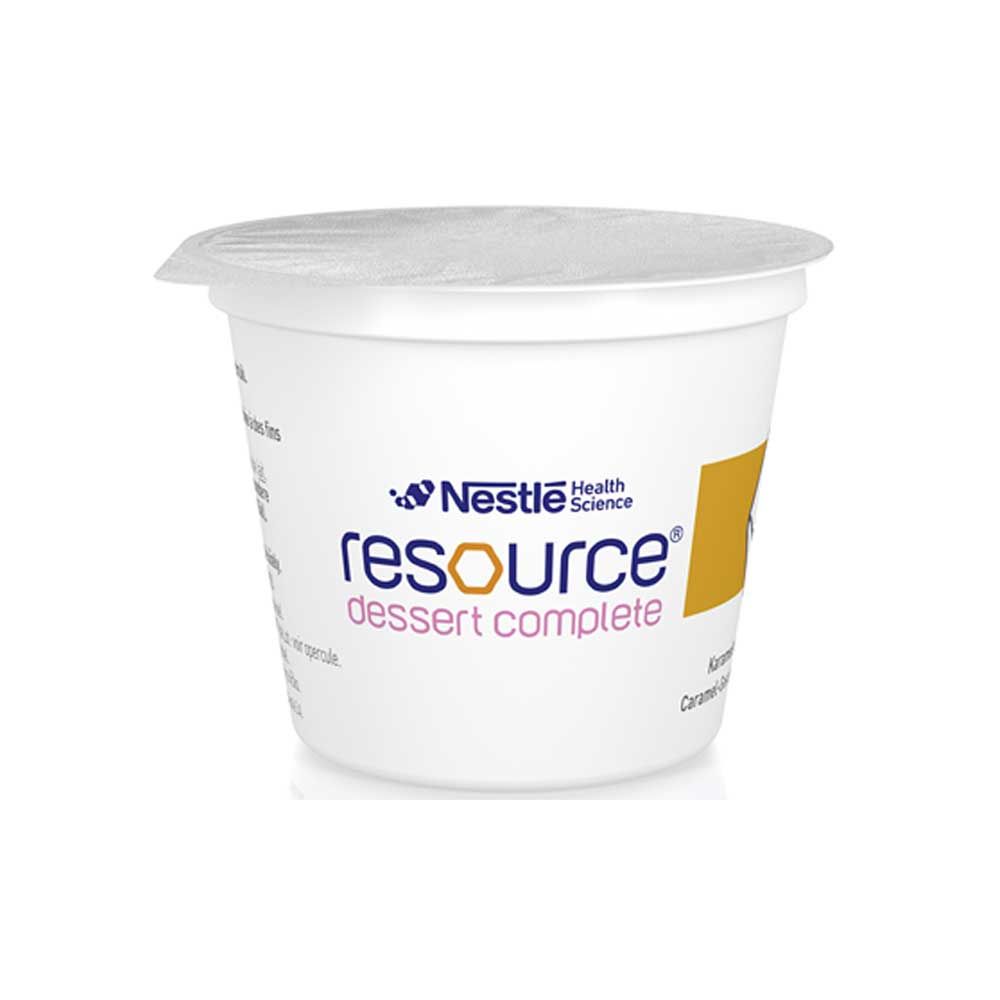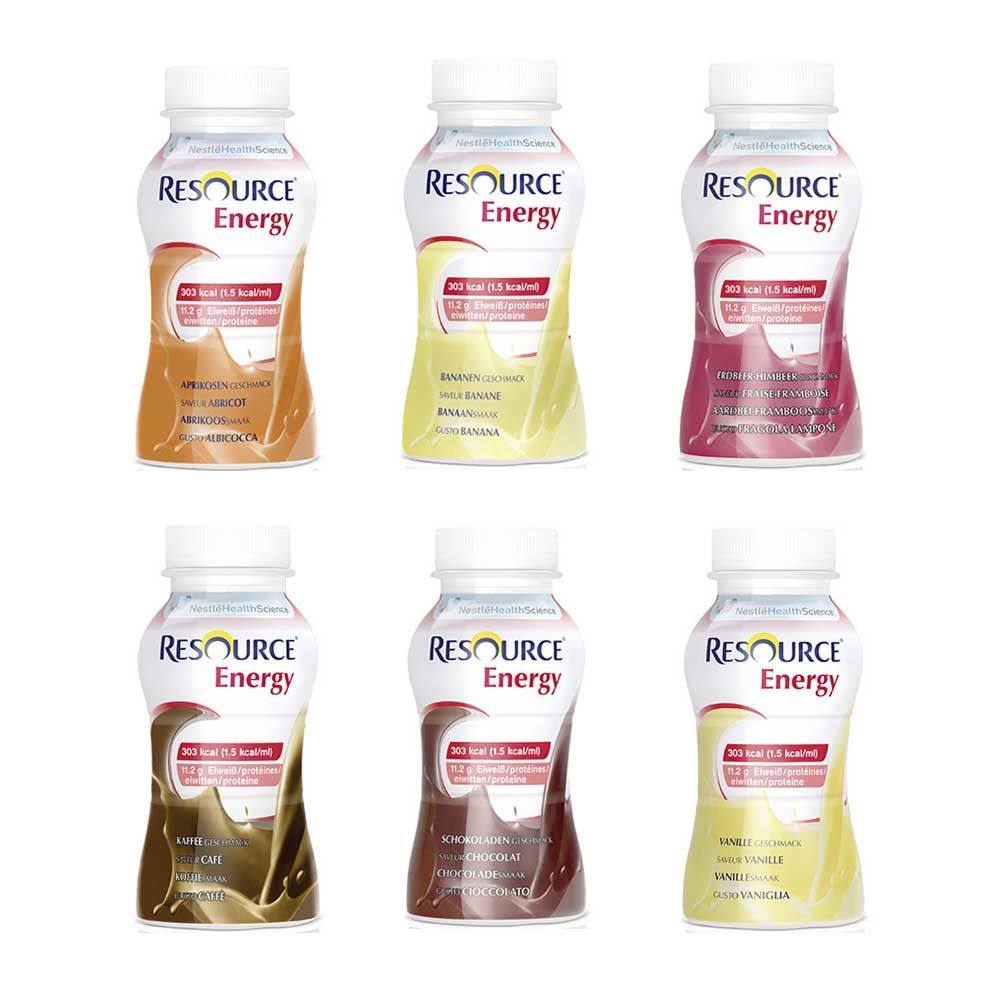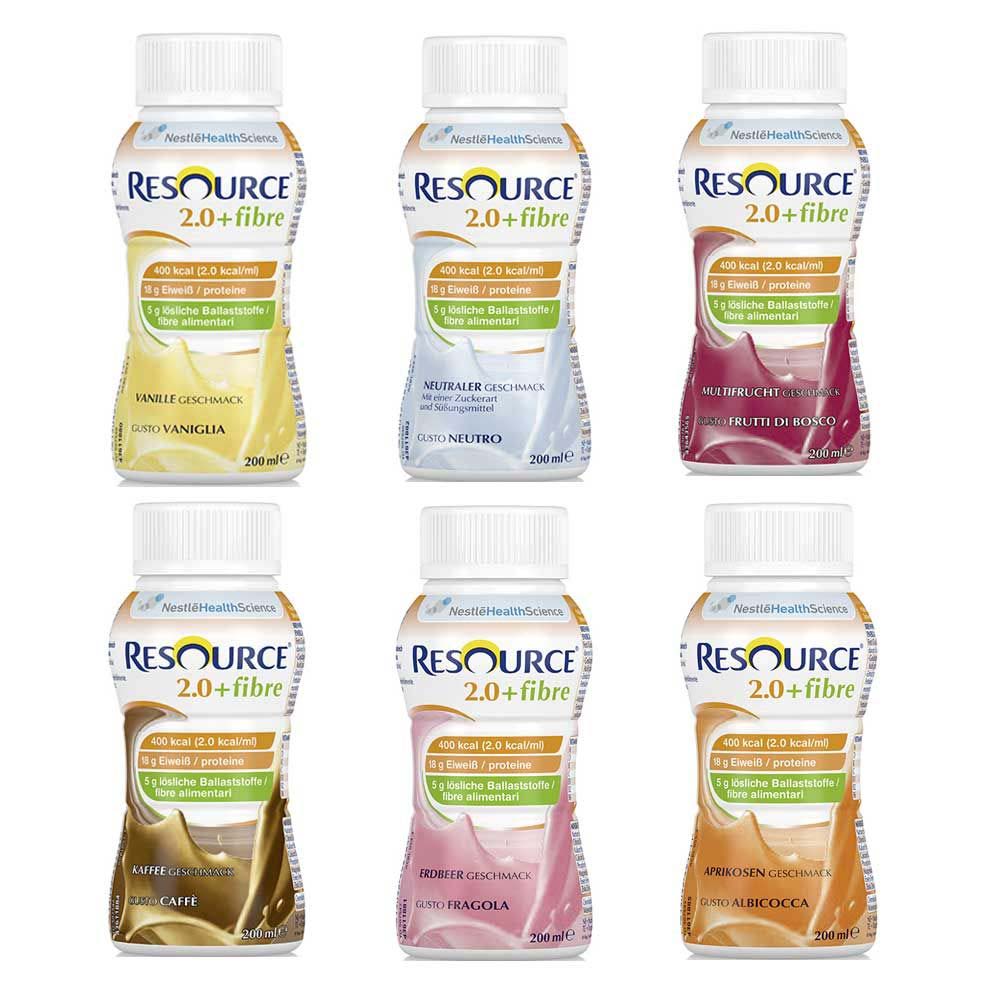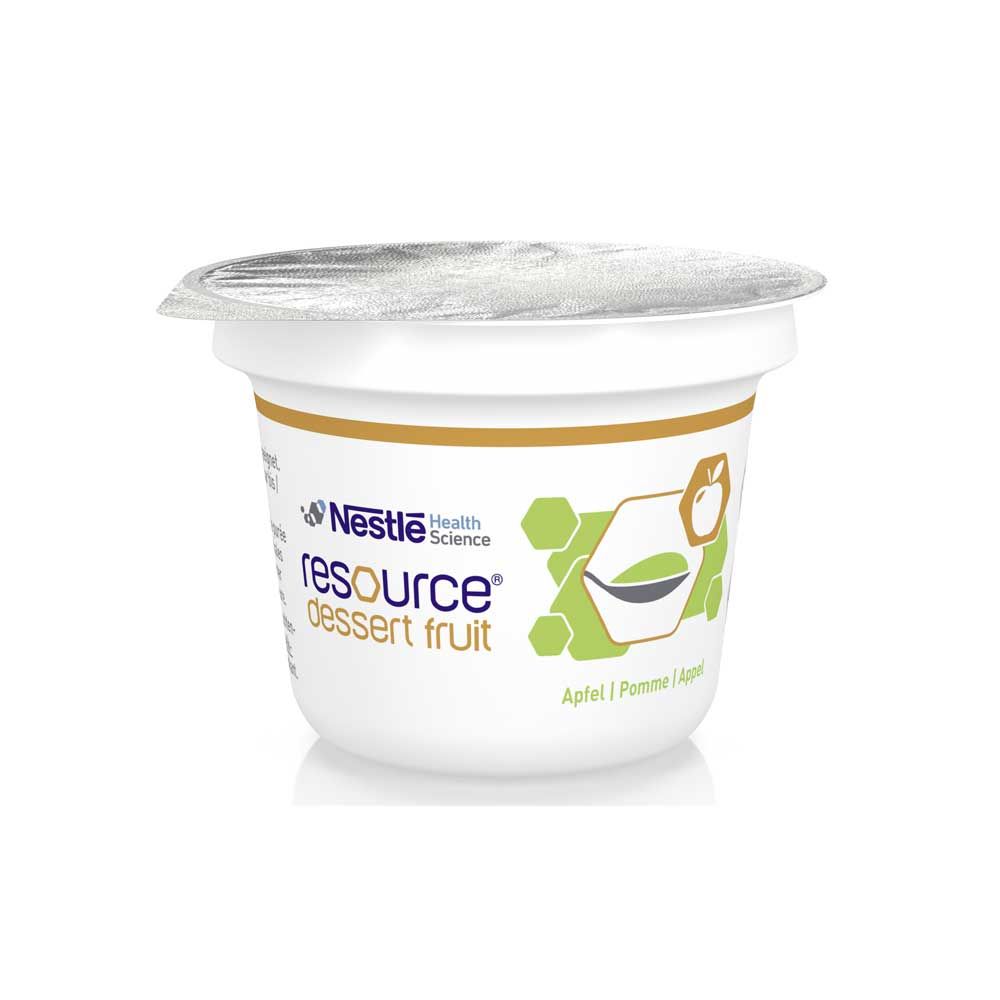Liquid Food - for dietary treatment
Liquid food, also known as astronaut food, is used in the medical field primarily for the dietary treatment of people with increased nutritional needs, restricted ability to eat normally due to swallowing disorders or malnutrition.
We carry high-calorie liquid foods, enriched with protein, carbohydrates, fats, vitamins and other nutrients, depending on the variant. The prescribable products provide energy and can be used for partial or complete nutrition. Read on now at the end of this page.
Content: 0.8 L (£12.68* / 1 L)
Available
Content: 3 kg (£12.46* / 1 kg)
Available
Content: 0.8 L (£11.45* / 1 L)
Available
Content: 0.8 L (£12.51* / 1 L)
Available
Content: 4.5 kg (£20.93* / 1 kg)
Available
Liquid food for liquid nutrition
Our assortment contains different types of liquid foods and supplements. These products are primarily intended for medical use in dietary treatment.
Liquid food can be used as complementary or even exclusive food in case of increased nutritional needs, malnutrition or loss of appetite. The balanced diet is also possible with the energy-dense astronaut diet.
In addition, liquid food is administered in hospitals or nursing homes, for example, as an alternative to tube feeding if the ability to eat normally is absent or restricted.
The liquid food enables high calorie nutrition with sufficient amounts of protein, fat, vitamins and other nutrients, if oral administration is still possible. If a patient is unable to swallow, feeding could be continued by switching to tube feeding.
The different variants of the drinking foods are available in different flavors. Depending on your preference, you can buy drinking food that tastes like chocolate, vanilla, apricot, strawberry or even coffee in our online shop. Please note that the flavors available differ from variety to variety.
Drinking food can be ordered in the shop in different quantities of one flavor or in mixed boxes with several flavors. Many of the products available are suitable for a balanced calorie diet. Order online now at Medicalcorner24®!
Liquid food is available in different varieties. The recipe of the liquid food differs depending on the primary use.
- Protein drink: This drinkable food contains 9.4 grams of protein per 100 ml and is given in cases of malnutrition and increased protein needs. For example, in patients with pressure ulcers or impaired wound healing or against a protein deficit with impaired food intake and swallowing disorders.
- Energy drinks: Carbohydrate-rich, high-energy and low-fiber food for drinking with 300 calories per 200 ml. This fully balanced food can also be used for exclusive nutrition. It is used, among other things, for cachexia or pronounced loss of appetite.
- Drinking food with high fiber content: It contains 100 percent soluble fiber in high concentrations. This liquid food can be consumed for a balanced diet, for dietary treatment and in cases of malnutrition.
- Liquid food as soup: The spicy, nutrient-rich soups are intended to stimulate the appetite and have a pleasant consistency. Among other things, they can make it easier to eat if you have reduced food intake and have difficulty chewing and swallowing.
Order Low Priced Liquid Food at Medicalcorner24®
In addition to our delicious drinking food at reasonable prices, you can find the following in the Medicalcorner24® online shop:
- Eating and Drinking Aids
- Dressing Aids
- Walking Aids
- Gripping Pliers and Gripping Aids
- Breastfeeding Accessories and Baby Products
We are happy to advise our customers from the UK without obligation on the subject of Liquid Food
Please send us an email to [email protected].


